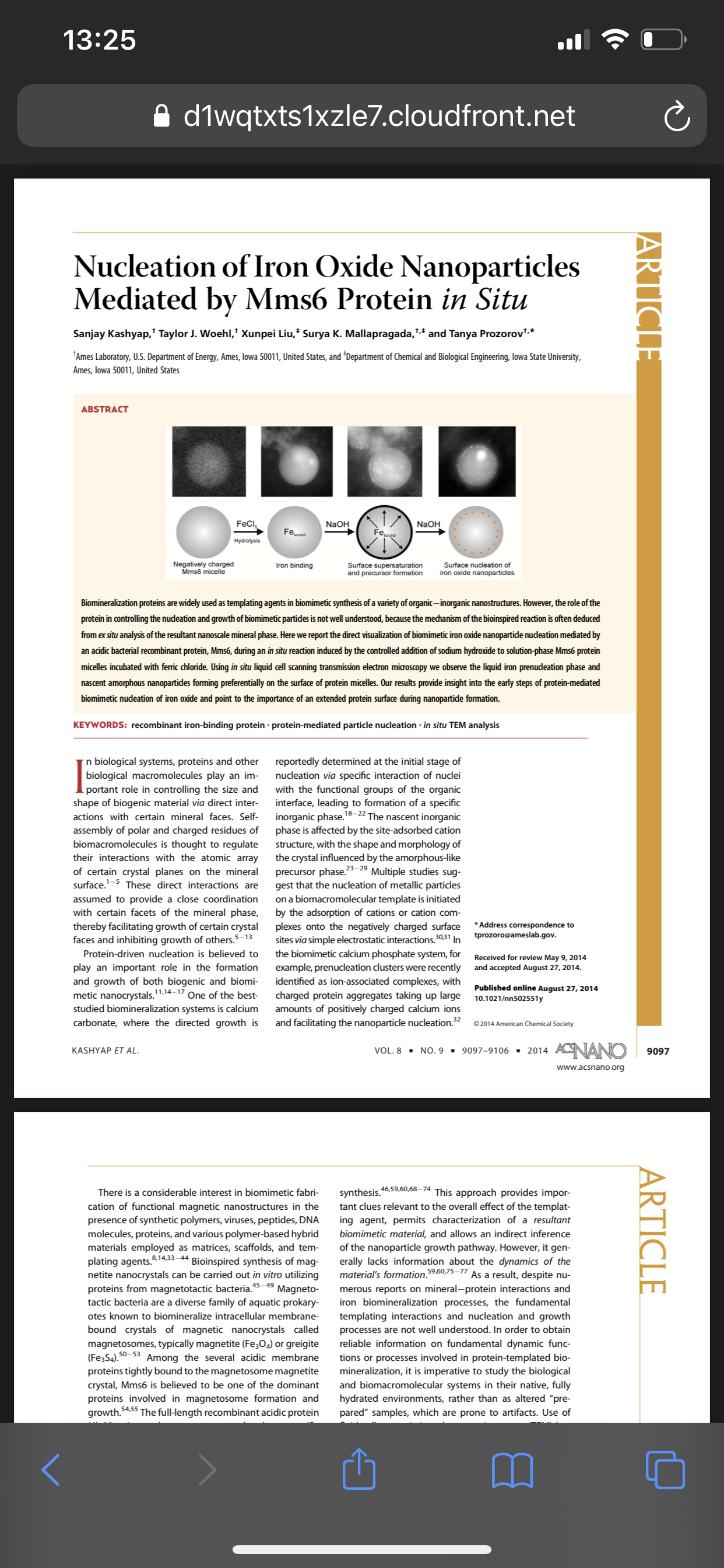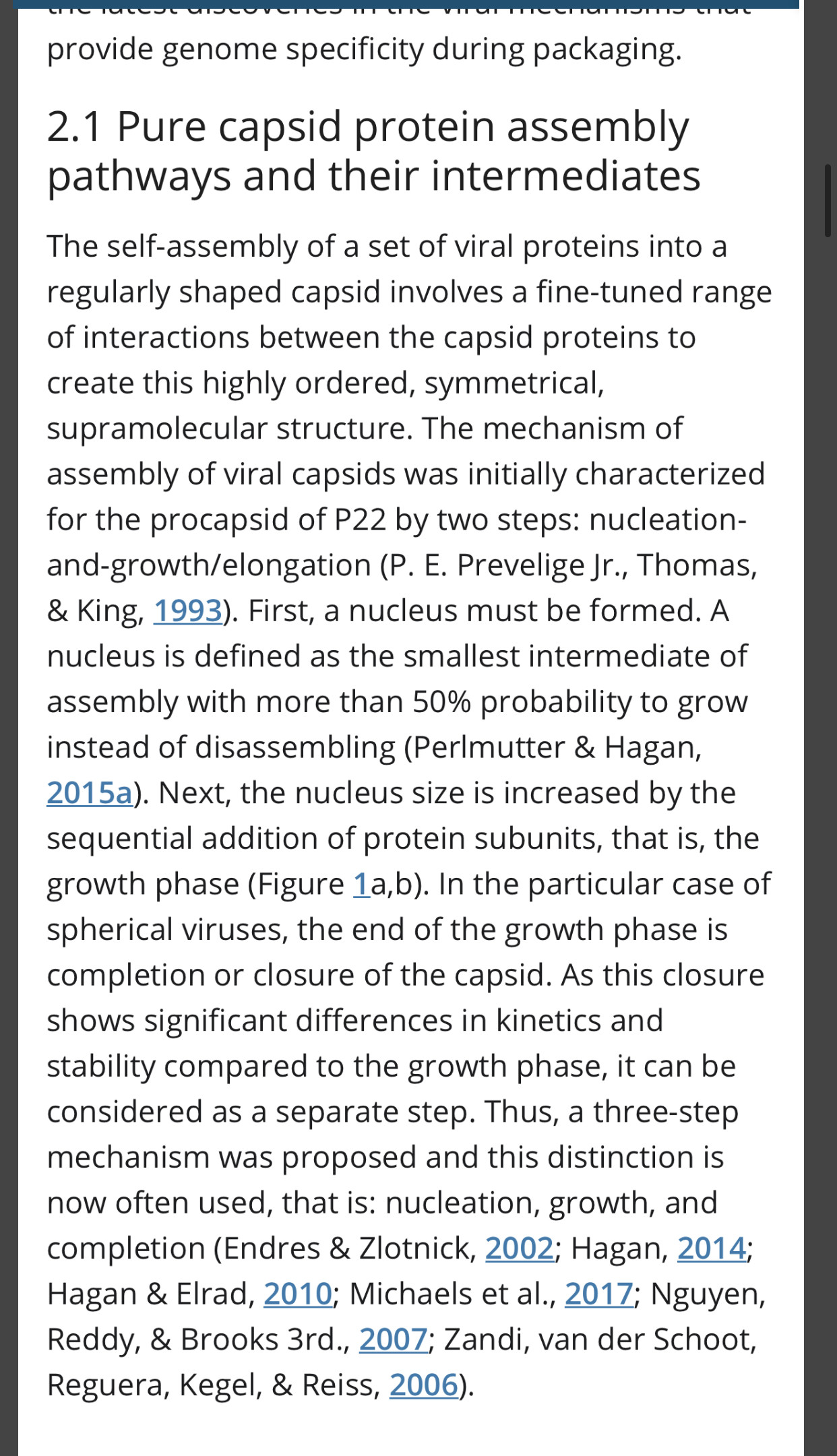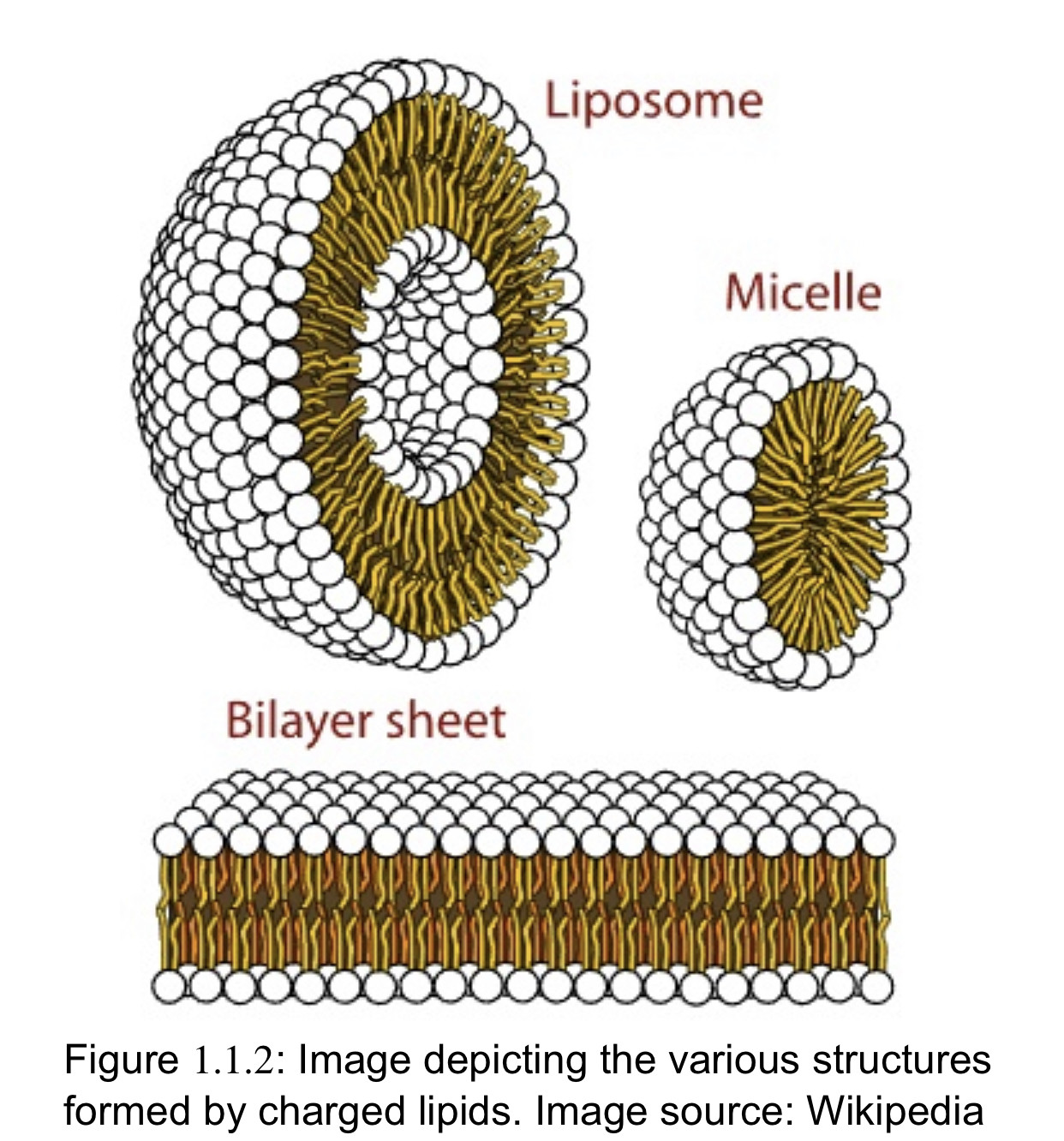Scientists have discovered how naturally occurring but unstable molecules, known as free radicals, can control the fundamental process of cell division, which, when it goes wrong, can lead to uncontrolled cell growth and cancer.
Grail hunter Believer Hierophant Uncompromising scientist There’s something way better than ivermectin
no no no thats not what causes cancer!
There is a specific specific event down to the electron that causes cancer in every type.its the same event my friend..
correlation is not causation.
Ionization is the process by which ions are formed by gain or loss of an electron from an atom or molecule. If an atom or molecule gains an electron, it becomes negatively charged (an anion), and if it loses an electron, it becomes positively charged (a cation). Energy may be lost or gained in the formation of an ion.
Ions are atoms (or groups of atoms) which carry an electric charge because they have either gained or lost one or more electrons. If an atom gains electrons it acquires a negative charge. If it loses electrons, it becomes positively charged.
electron, lightest stable subatomic particle known. It carries a negative charge of 1.602176634 × 10−19 coulomb, which is considered the basic unit of electric charge.
Navy researchers have developed a nanoparticle-based electron donor-acceptor bioconjugate for the real-time perception of changes in cellular membrane potential. It consists of a photoluminescent nanoparticle electron donor, a multidomain membrane insertion peptide, and an electron acceptor. The rate of electron transfer between the donor and acceptor is modulated by changes in membrane potential, which lead to measurable alterations in donor photoluminescence. In one specific case of the donor-acceptor bioconjugate, the electron donor is a semiconductor quantum dot that is connected to fullerene, the electron acceptor, through a membrane-insertion peptide.
The interactive effects between electron donor substances and iron (Fe) oxides have significant influence on electron transfer and the growth of Fe-reducing bacteria, which may affect the reductive dechlorination of 1,1,1-trichoro-2,2-bis(p-chlorophenyl)ethane (DDT) in soils.
The surfaces of iron oxide nanoparticles are capable of catalytically generating reactive oxygen species (ROS) through the Fenton and Haber-Weiss reactions.
Elevated rates of reactive oxygen species (ROS) have been detected in almost all cancers
Sonocrystallization involves the application of ultrasound energy to control the nucleation and crystal growth of a crystallization process.
Crystallization refers to the mechanism by which viral components are converted into structured solid particles. They can store these crystallized viruses for many years.
Lipid crystallization is ubiquitous in nature, observed in biological structures as well as in commercial products and applications. In a dehydrated state most of the lipids form well ordered crystals, whereas in an aqueous environment they self-assemble into various crystalline, liquid crystalline or sometimes macroscopically disordered phases. Lipid self-organization extends further to hierarchical levels including structured emulsions and nanostructured particles.
Lipids comprise a diverse group of compounds that include fats, waxes, sterols, phospholipids and many others. The functions associated with lipids are just as diverse, and include membrane structure, signaling, and energy storage. While most lipids are composed of non-polar hydrocarbon structures, other lipids can contain positively and/or negatively charged elements, the nature of which imparts particular physical properties that give charged lipids structural and functional versatility. This page will describe the structure and function of some of the charged lipids commonly encountered in biology.
It has been shown that monovalent lipids, including PS and polyvalent phospholipids—PIP2 and PIP3—are asymmetrically distributed on the cytosolic surface of membranes and confer a negative charge to the plasma membrane, creating an electric field equivalent to 105 V/cm [2–5].
When an electric field is applied to ions in a medium, a phenomenon causes the ions to move with the electric field. The motion of the ion itself can be characterized by charge, shape, and size.



